EDITORIAL
Published on 21 Oct 2022
Editorial: Extreme precipitation events: Spatio-temporal connections, forecasting, generation, impact analysis, vulnerability and risk assessment
doi 10.3389/feart.2022.1050027
- 1,173 views
5,562
Total downloads
30k
Total views and downloads
Select the journal/section where you want your idea to be submitted:
EDITORIAL
Published on 21 Oct 2022
ORIGINAL RESEARCH
Published on 30 Aug 2022
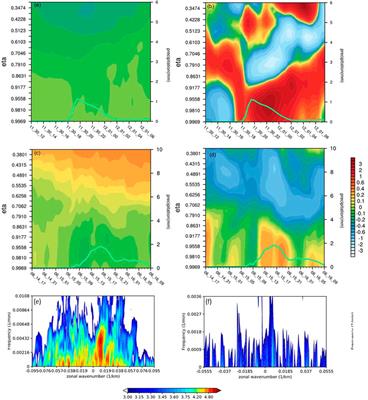
REVIEW
Published on 25 Aug 2022
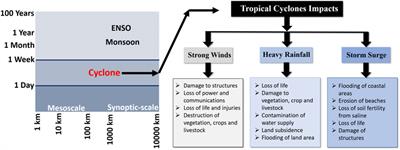
ORIGINAL RESEARCH
Published on 25 Jul 2022
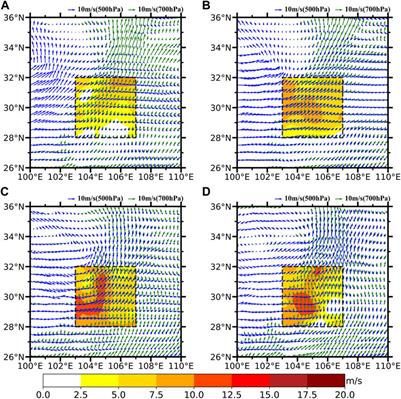
ORIGINAL RESEARCH
Published on 04 Jul 2022

ORIGINAL RESEARCH
Published on 04 Jul 2022
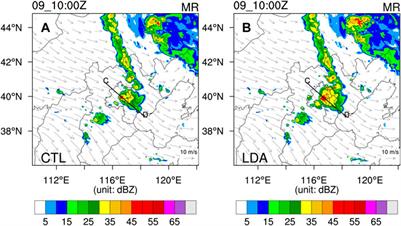
ORIGINAL RESEARCH
Published on 03 Jun 2022
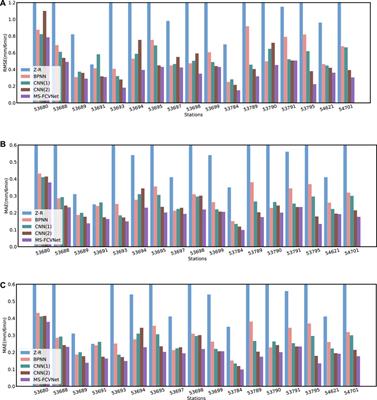
ORIGINAL RESEARCH
Published on 24 May 2022
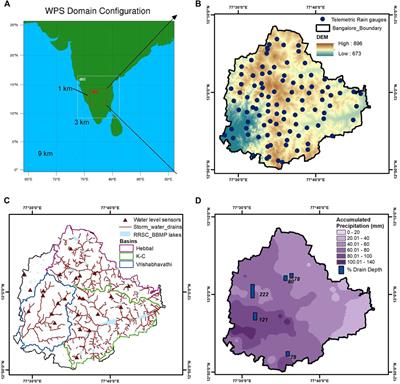
ORIGINAL RESEARCH
Published on 19 May 2022

ORIGINAL RESEARCH
Published on 17 Mar 2022

ORIGINAL RESEARCH
Published on 04 Mar 2022
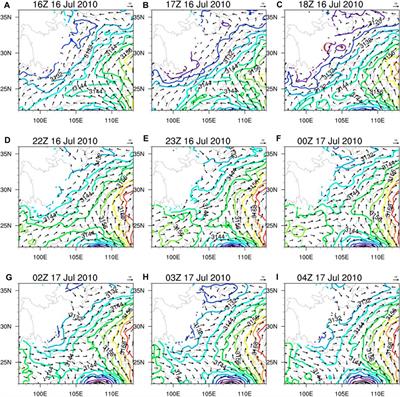
ORIGINAL RESEARCH
Published on 22 Feb 2022
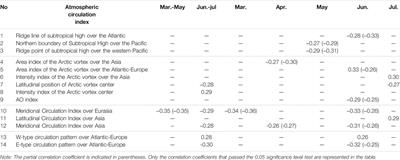

Frontiers in Environmental Science